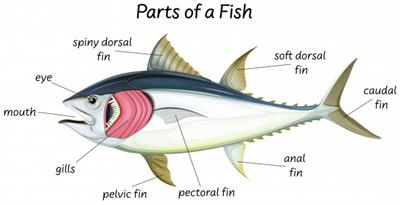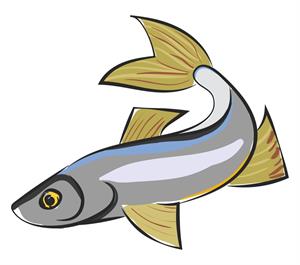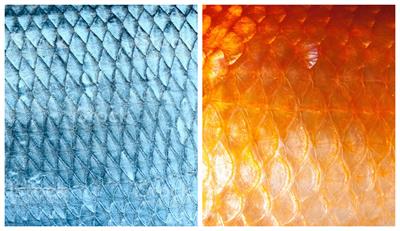PDF chapter test TRY NOW
Living things survive in a habitat if its body is adapted to the habitat's condition. For example, plants and animals develop unique features in their body to survive in the particular habitat. 


The presence of specific features in an animal or a plant that enables them to live in a particular habitat or surrounding is called adaptation.
The adaptations present in certain organisms are explained in detail in the following theories.
Fishes:
A fish lives in aquatic ecosystems, either freshwater or saltwater. Now, let's discuss the adaptation of fish in a particular ecosystem.

Parts of fish
The adaptations present in fish can be:
1. The head, trunk and the tail of a fish forms a streamlined shape. A streamlined body reduces water resistance and helps the fishes to move easily and faster in water.

The streamlined body of the fish
2. Gills are special respiratory organs that absorb oxygen dissolved in water for respiration. Gills helps the fishes to adapt to breathe or respire in water. They are present on either side of the fish head. The gills are present in a gill chamber and are covered by a flap called an operculum.
The gills are involved in the gas exchange, ion regulation, osmoregulation, hormone production etc. In sardines, the gills perform a feeding function too.
The gills of fishes have a high surface area, enhancing the gas exchange between the blood and the environment. The gills take in oxygen that is dissolved in the water and exchange it with carbon dioxide. Thus, carbon dioxide is exchanged with oxygen.
The video below explains the functions of fish gills:
3. They have slippery scales present in the body, which protecting their body from the environment, parasites, and predators. Scales develops as external growth of the skin or the epidermis. The scales reduces the friction with the water.

Different types of scales in different fishes
4. The presence of fins in fish aids in swimming. They are also used to maintain the position of a fish during movement, and steering of fish in water. They also help in the propulsion of the fish.
5. Strong tails are present in fishes that act as a rudder to change the direction and to keep their bodies balanced in water. Tails are also used to displace the water so that the fish moves forward.
Reference:
https://www.freepik.com/free-vector/science-internal-anatomy-fish_9741939.html
